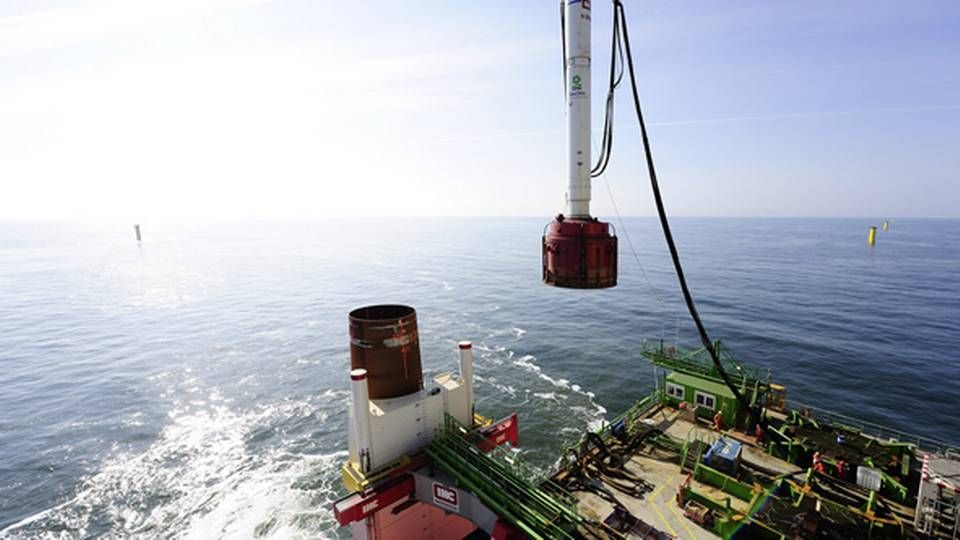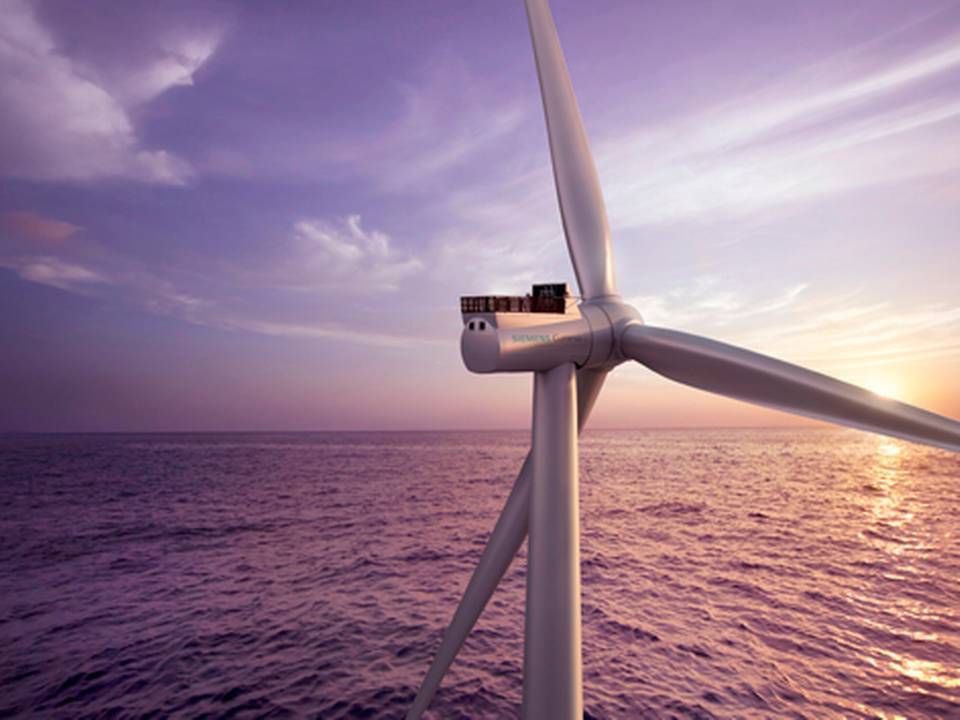Denmark's green exports dive

'The green, Danish export boom'. This expression is one of the more over-used Danish business expressions, not least of all at festive occasions such the last week's reception for the government's energy proposal for the coming decade. However, for the boom to become even more of a reality, obstacles must be overcome.
Installations of wind turbines, biomass power plants and other green technologies decreased in 2017 for the third consecutive year. Between 2016 and 2017 alone, exports fell by 8.4 percent to DKK 39.2 billion (EUR 5.3 billion) – amounting to a depreciation of DKK 3.6 billion.
That is shown is the annual report made by the Danish Ministry of Energy and the two Danish interest groups DI and Danske Energi.
If the export of other energy technologies from, for example, the gas and oil industries is included, the decrease is reduced to only DKK 500 million. In contrast to green exports, sales from the fossil industry have increased with nearly 10 percent, valued in 2017 at DKK 35.8 billion. That is perhaps the highest portion ever and is definitely the most equal distribution between green and black exports since 2008.
The report's bottom line shows that the aggregated energy exports grew slightly in 2017 to DKK 85 billion. That is because the reports from the last two years also include, aside from exports of energy technology, export sales of energy services. That share is estimated to have increased from DKK 8.2 to 9.9 billion.
"In total, exports increased slightly in 2017. But the value energy service exports is marked by uncertainty, as it expresses an estimate. Viewed over the last three years, the figures show a downturn," Troels Ranis, who is the head of the interest group DI's energy department, admits.
The last sentence is most relevant in regard to exports to Germany. After many years of Germany being the largest export market, sales of energy technology have decreased by more 50 percent over the last two years. That is despite a 1.4 percent growth in total Danish exports to Germany from the autumn of 2016 to 2017, according to the latest edition of DI's market focus report.
At closer inspection of exports to Germany, green technologies are especially lagging. Of the approximate DKK 25 billion in export sales to Germany in 2015, green technologies accounted for 80 percent. Last year, green tech exports comprised 60 percent of the DKK 12.3 billion in sales to Germany.
In other words, the value of green exports to Germany fell by more than DKK 12 billion in two years.
"Exports to Germany have fallen drastically. That emphasizes that investments in wind energy aren't so massive as such. However, it's important to remember than Germans remain enthusiastic about climate change mitigation. So, it's question of when and how quickly it really happens," says Troels Ranis.
At first glance, the contours of a brighter future are visible. Even though the report does not attach specific technologies to the export billions, last year's poor sales to Germany are largely attributable to wind energy. This is compounded by the shift in Germany toward sending land-based wind energy to tender.
It was designed in way where the so-called citizen projects – which won almost the entire capacity – were given four years to complete the projects. That was accompanied by a large drop in investments. This is perhaps because of developers' estimates of a continued price drop, meaning it may be cheaper to delay ordering equipment until later in the process. That should entail increased export in the coming years.
At the same time, that figure should be seen in relation to green exports having been historically high in the period between 2013 and 2015 – a fact that is for the most part explainable by several offshore installation in Germany during that period. Last Friday's announcement of tendered German offshore installations show that this development continues. In addition to the 2.3 GW under present development, German capacity will expand with an additional 3.1 GW until 2026.
Although that does not necessarily mean that Danish exports will increase proportionately – neither in regard to land-based nor offshore. Even though Denmark maintains a strong position within production, especially in offshore wind, the market-leading Siemens Gamesa has in the meantime opened its large nacelle factory in the German town Cuxhaven. The stated goal of the project is to pull subcontractors in the same direction.
"There is competition in the market, but exports should increase again. It is decisive that massive investments should be made in the future. That is why energy-policy framework should be ambitious, not only in Denmark, but also in neighboring countries," says Troels Ranis.
In regard to offshore wind, the UK has overtaken Germany as Europe's most ambitious nation. The UK aims to expand capacity with 10 GW over the coming decade. In that context, it can seem promising that the UK has once again before the largest export market for Danish green technology, comprising DKK 18.5 billion in 2017.
At the same time, there are some serious issues of uncertainty.
In part, because a significant share of Danish exports in recent years has not been in the form of offshore wind but rather biomass power plants. However, the industry expects that the expansion of UK capacity has peaked. Also, the UK has in recent years expanded its own supply chain for offshore wind, where not only turbine manufacturers but also subcontractors have established themselves on the islands.
Naturally, Denmark is not alone in its ambition to secure capital and jobs from the industry. As late as last week, the former UK Minister of Energy Michael Fallon presented a report that pleaded for requirements for domestic production to be raised from 50 to 60 percent.
There is also a general uncertainty regarding the UK's departure fro the EU at the end of next March. Even though there are no indication that the UK will remain within EU's trade zone, Troels Ranis is confident in continued, solid exports.
"As long as the terms of trade are fair and equal between the UK and the EU, then it's up to Danish companies to deliver the best prices in the future. However, it would clearly be deeply problematic if a trade barrier is implemented," he says.
However, where there are continued signs of uncertainty in closer markets, there are also signs of development in large, more distant markets. Exports to Austrailia, China and the US increased last year, even though they continue to comprise a smaller share of Danish exports. Green tech in particular is limited in regard to China, where it amounts to a mere 25 percent of the value.
The development should therefore not make Danish politicians anxious regarding their ambitions. The Danish government set the goal in 2015 that the energy sector should amount to a minimum of DKK 140 billion. Even though that would still require a doubling, Troels Ranis is still confident that it can be achieved. He also see positive signs in the Danish government's energy proposals, where DKK 170 billion are marked for promoting exports.
"Just as we need an ambitious and long-term energy deal in Denmark, it's also important to stimulate demand from other markets. We still think that this will come to higher degree in the coming years. We therefore don't see any reason to abandon the goal for growing to 140 billion," say Troels Ranis.
English Edit: Daniel Frank Christensen
US lawyer: Vestas uses "nuclear bomb" tactics in case against GE
How Danish triumphs in Taiwan could kick-start a new export boom
Related articles
CIP matches Ørsted in Taiwan
For subscribers










.jpg&w=384&q=75)













